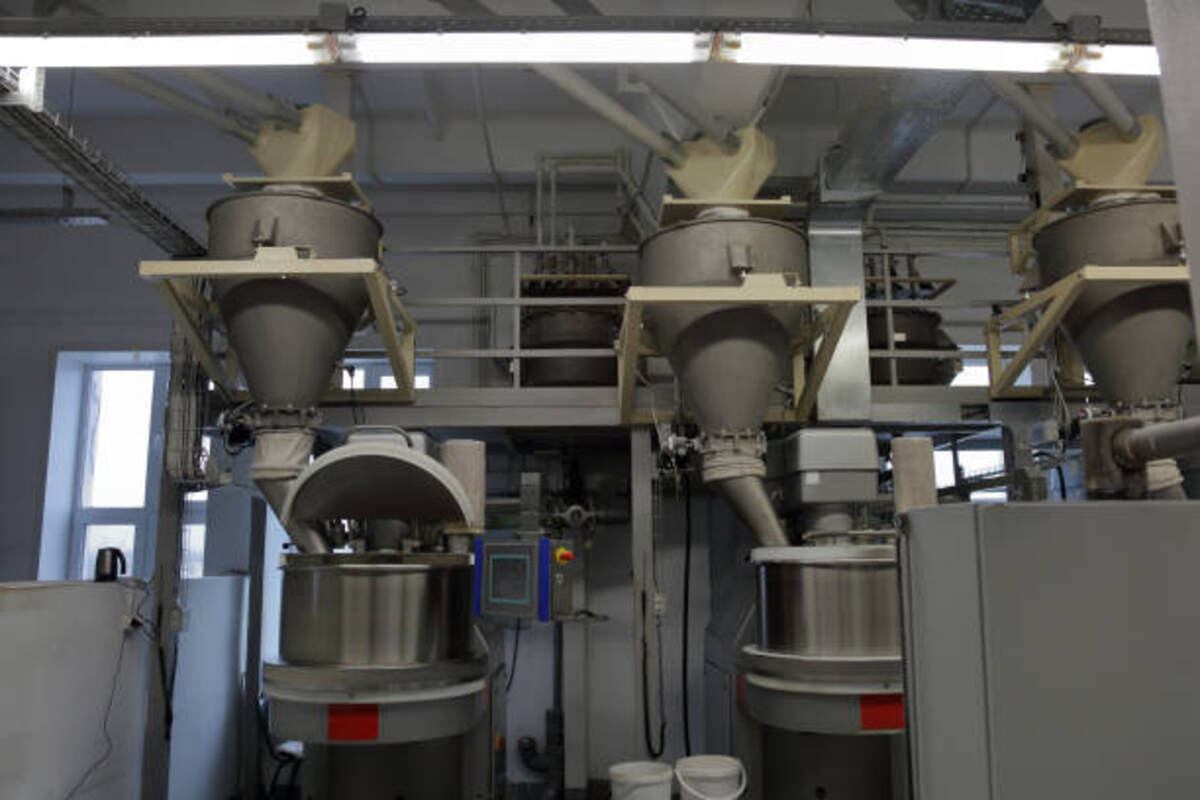Introduction:
In the ever-evolving landscape of pulse processing, automation has emerged as a game-changer, revolutionizing Dal Mill Machines and driving efficiency to new heights. By integrating modern technology and automation solutions, manufacturers are able to enhance productivity, reduce labor costs, and ensure consistent quality throughout the processing chain. In this blog, we explore the transformative impact of automation on pulse processing and how it is reshaping the dal milling industry.
The Rise of Automation in Pulses Processing:
Traditionally, pulse processing involved labor-intensive tasks such as cleaning, dehusking, sorting, and grading, which required considerable time, workforce, and resources. However, with advancements in automation technologies, dal mill machines are now equipped with sophisticated systems that can perform these tasks with minimal human intervention, significantly improving efficiency and productivity.
Automated Cleaning Systems:
1. One of the first steps in pulses processing is cleaning, which involves removing impurities such as stones, dust, and debris from the raw pulses. Automation has revolutionized this process with the introduction of automated cleaning systems that utilize mechanisms such as vibrating screens, air classifiers, and magnetic separators to remove impurities efficiently. By automating the cleaning process, manufacturers can achieve higher throughput, reduce labor costs, and ensure a cleaner end product.
Robotic Dehusking and Sorting:
2. Dehusking and sorting are critical steps in dal milling that require precision and consistency to produce high-quality dal. Automation technologies, including robotic arms and computer vision systems, are now being integrated into dal mill machines to automate these tasks. Robotic dehusking systems use advanced algorithms to precisely remove the outer husk from pulses, while robotic sorting systems accurately segregate pulses based on size, color, and defects. By automating dehusking and sorting, manufacturers can achieve more excellent uniformity in product quality and reduce the risk of human error.
PLC Control and Monitoring:
3. Automation in dal mill machines extends beyond physical tasks to include control and monitoring systems powered by Programmable Logic Controllers (PLCs). PLCs allow manufacturers to automate the operation of various machine components, such as motors, sensors, and actuators, and monitor process parameters in real time. By programming PLCs to optimize machine settings and respond to changing production conditions, manufacturers can achieve enhanced productivity, reduced downtime, and improved overall efficiency.
Integration of IoT and Data Analytics:
4. The integration of Internet of Things (IoT) devices and data analytics platforms is another key trend driving automation in pulse processing. IoT sensors embedded within dal mill machines collect real-time data on machine performance, energy consumption, and product quality, which is then analyzed using advanced analytics algorithms. By leveraging IoT and data analytics, manufacturers can identify opportunities for process optimization, predictive maintenance, and quality improvement, ultimately driving operational excellence and competitive advantage.
Conclusion:
Automation is revolutionizing pulse processing, transforming dal mill machines into highly efficient and productive systems capable of delivering superior-quality products with minimal human intervention. By embracing automation technologies such as automated cleaning systems, robotic dehusking and sorting, PLC control and monitoring, and IoT integration, manufacturers can enhance productivity, reduce labor costs, and ensure consistent quality throughout the processing chain. As automation continues to evolve, it will play an increasingly important role in shaping the future of the dal milling industry, driving innovation and efficiency to new heights.
The manufacturing of these machines was started by an entrepreneur who ran two travel startups named tratoli and cabexpresso.
Read also: How To Write A Review For A Beautician

